Postcards as a Visual Resource: The Mexico Experience
Postcards in Mexico became a graphic resource that made it possible to document the various facets of the country, from archaeological remains and war conflicts to buildings and monuments that showed its social and cultural richness.

In the late 1870s, the Universal Postal Union communication network began marketing postcards in Mexico, which became a graphic resource that allowed documenting the various facets of the country, from archaeological remains and war conflicts to buildings and monuments that showed its social and cultural wealth.
The production of postcards that give an account of our experiences, trips, and memorable events is a fairly common practice today and has even acquired digital formats. There will be few cases of those who have not sent a printed postcard to a special recipient or published a digital postcard of their last trip on the social network of their choice, perhaps with a message that treasures the moment. One of the subjects we can learn about in the General Archive of the Nation (AGN) is the world of printed postcards. These small rectangles of paper keep in their content not only the images of a Mexico that has remained in the past but also memories and recollections of the people who used this medium to communicate.
The official use of postcards in the world dates back to 1865, when the German postal official, Heinrich von Stephan, proposed using them as non-reserved correspondence. Years later, the German Emmanuel Herman outlined the main advantages they offered for communication, which convinced several people to use them. Little by little, these pieces of paper moved to other latitudes, reaching the United States of America. There they were commercialized and circulated in large quantities through the Universal Postal Union, a communication network that brought the first postcards to Mexico at the end of the 1870s.
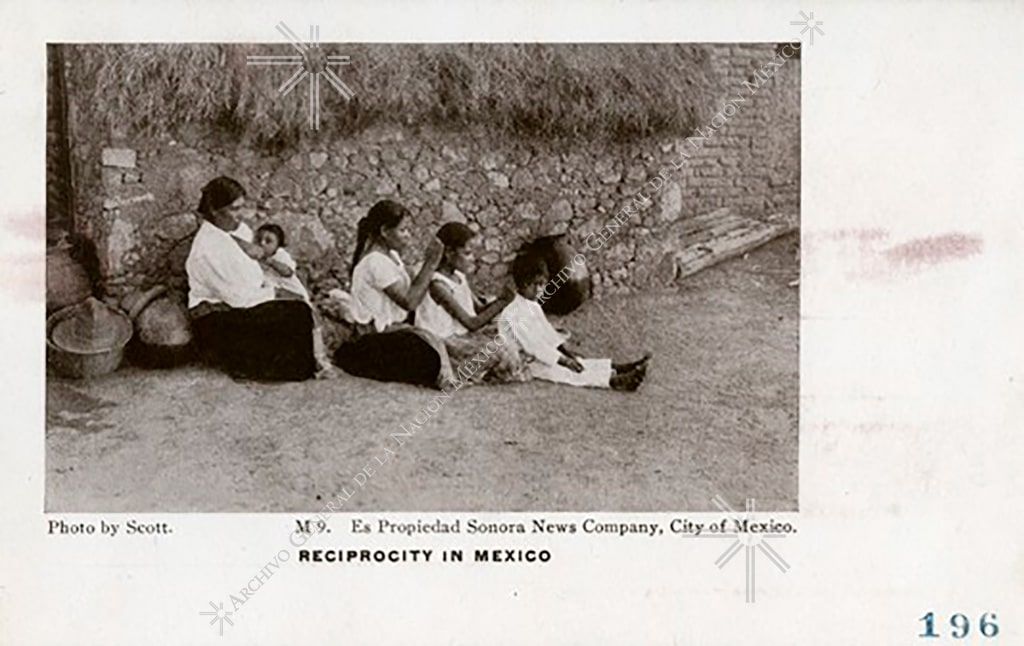
In 1881, the General Administration of the Mexican Post Office was authorized to circulate postcards in the national territory, upon payment of a one-cent stamp. However, it was not until April 18, 1883, that its use was legislated in the regulations of the First Postal Code of the Mexican Republic. In this code, it was determined that postcards had the same value as a letter, thus acquiring a value as a document of evidence.
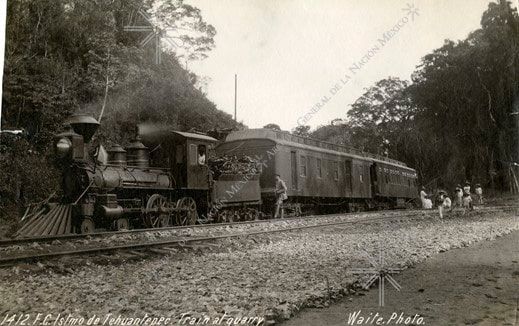
Postcards were immediately accepted in Mexico. This can be documented in some newspapers that asked their subscribers to send their comments or updated data through this medium. To these uses was added the trend of collecting that some people began to practice because, like the postage stamps, they could be easily acquired. An article in the newspaper La Voz de México analyzed the phenomenon in the following terms:
The use of postcards has been developing more and more every day, as it has come to favor something that, although harmless and innocent, will not cease to be a custom-like any other: that of collections. [...] There is in the European and American directories a special address dedicated to postcard collectors, and it is clear that the number of people affected by this innocent hobby is not small. If we add to this the fact that the postcard has many uses, that it is cheap and convenient, and that it renders very good services, it should not seem strange that its production increases daily.
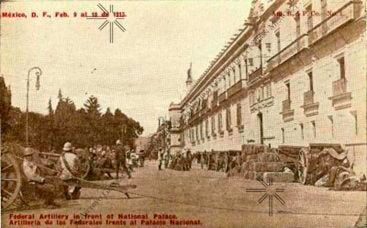
By the beginning of the 20th century, the postcard business was thriving around the world. At that time, millions of postcards were published in various regions, with multiple themes, but landscapes, monuments, buildings, and art were the most popular. Trades or scenes of daily life also came to occupy a prominent place in the cards, while some postcards touched on very specific topics related to war conflicts or military issues of a country.
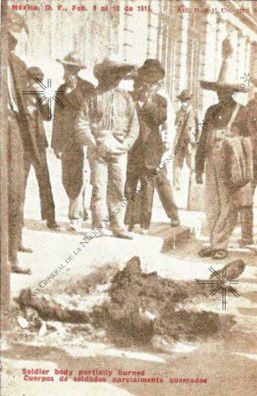
In the case of Mexico, the main postcard companies sought to portray a world considered exotic or unknown to travelers. Examples of this were the archeological vestiges of pre-Hispanic cultures or the lifestyle of the native peoples, whose customs were unknown and attractive to the foreign eye. The government of Porfirio Díaz worked with some postcard publishers and photographers to portray works that reflected Mexico's progress and development, with images of the palatial and monumental buildings that were built during his period of government.
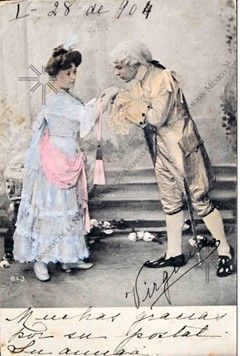
Among the main postcard printers established in Mexico in the late 19th and early 20th centuries were the Sonora News Company and the J. G. Hatton publishing house. Both came to use the photographs of authors such as Winfield Scott and Charles B. Waite to illustrate their particular postcards. Waite to illustrate their postcards, the originals of which are preserved in the AGN in the Artistic and Literary Property (PAL) collection.




